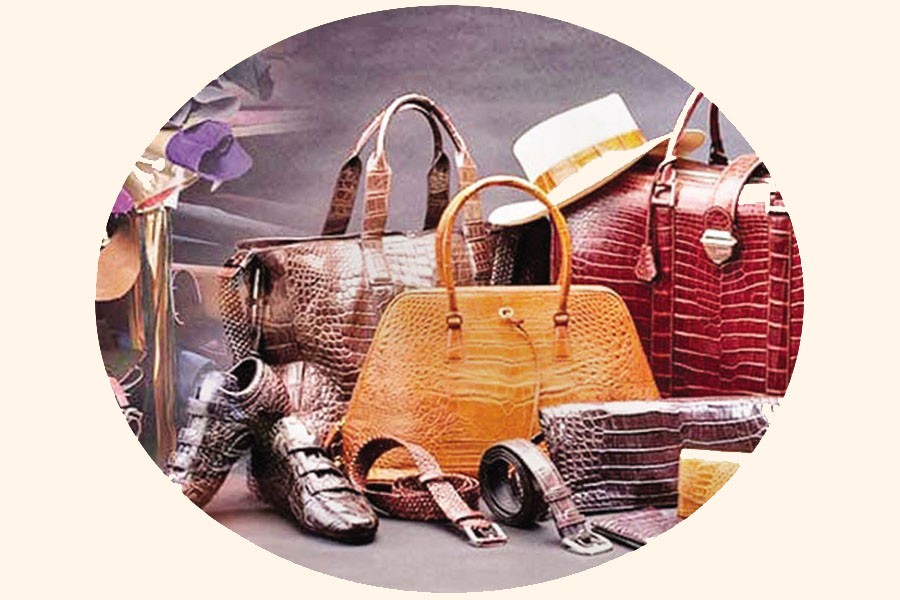Negatively impacted by the pandemic in 2020, the leather sector, the second most potential export earner after the Readymade Garment (RMG), appears to have been bouncing back, according to reports. In the first six months till June of 2021, for example, export of leather products fetched US$495.56 million. This was a growth of 56 per cent over the previous year (2020). The total export earning from this sector in FY 21, on the other hand, was US$941.67 million, whereas, the sector earned US$563.96 in the first half of the current fiscal year. Evidently, it demonstrates a steady upward trend in the export of leather and leather goods. However, the challenge before the government is to ensure that the positive trend is sustained and that the sector may gradually regain its position of FY2015-16 when its performance peaked, earning US$1.40 billion from exports. But the pandemic shock apart, since relocation of the tannery units to the Savar Tannery Industrial Estate in Hemayetpur began in 2016, the declining trend in export of leather and related products began. As the leather sector is now experiencing a turnaround, the government's plan, as reported, to boost export of leather items by setting a target of earning US$12 billion between 2021 and 2030 is welcome.
But to achieve the target, the leather and leather goods industry would be required to improve the quality of its products so that those may compete in the international market. Now the question is, how can the leather industry, still reeling from the pandemic drubbing, possibly get around its present condition and compete in the global market with quality products? Clearly, it would require necessary government-backing as well as adequate overseas investment along with expertise regarding product design. At the same time, there should be a massive training programme to create necessary skilled workforce for the tannery sector as well as provide higher skills training to the existing manpower. To achieve the global standards, the industry would be required to obtain the Leather Working Group (LWG)'s certification. For LWG's audit is accepted internationally in assessing environmental compliance of leather industries.
However, before everything else, the existing bottlenecks of the tannery sector have to be addressed first. For the purpose, it has to be ensured that the central effluent treatment plant for the tannery units in Savar is made functional. At the same time, emphasis should be laid on efficient supply chain and backward linkage management for the industry. These issues have to be factored into the government's considerations while planning its leather and leather items export target for 2030. Seeing that the global market for footwear, which is a leather product, is now worth US$1.0 billion per day and that it is forecast to reach US$530 billion annually by 2027, Bangladesh should ready itself to claim its due share of this huge leather items market.
Besides its export potential, the prospect of its generating huge employment opportunity is another important reason why the government needs to allocate generous funds in the budget for further development and expansion of the leather industry. As such, the emphasis the government is now laying on the leather sector is well-timed. Hopefully, given the will, it won't also be hard for it to achieve the high target it has set for export earnings from the leather sector by 2030.


